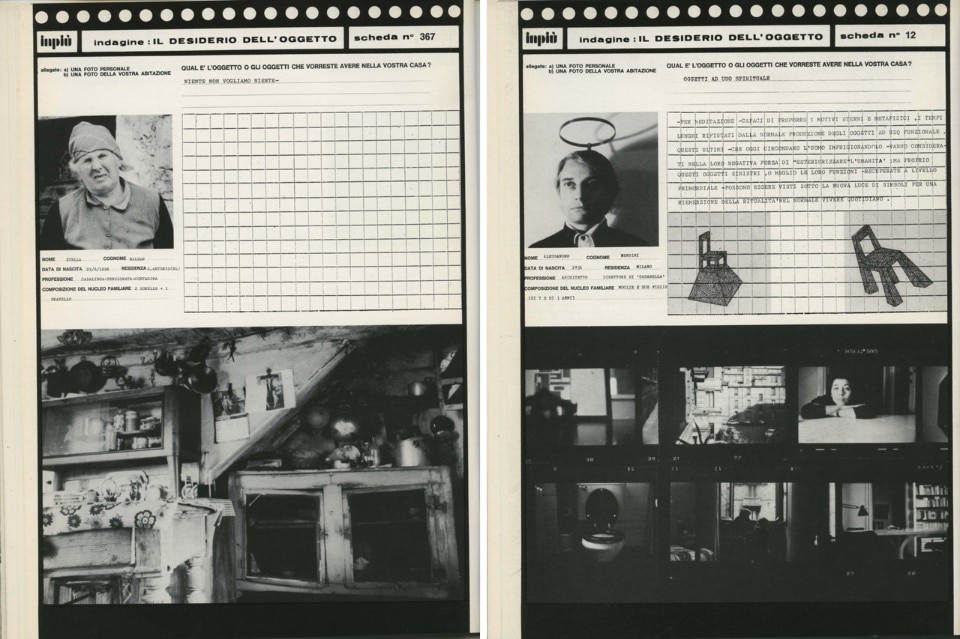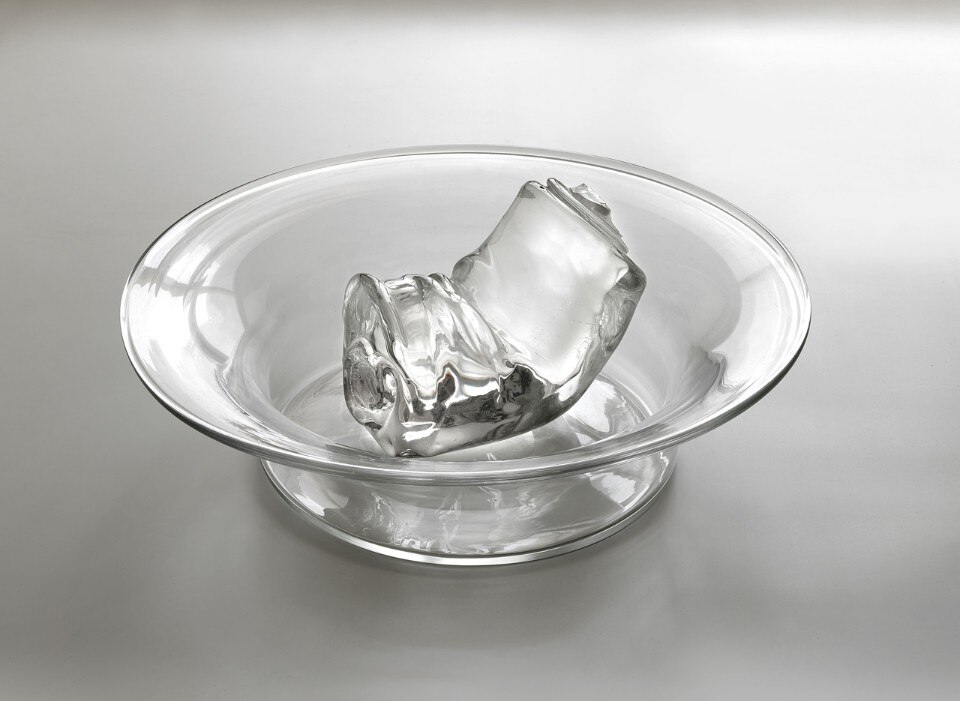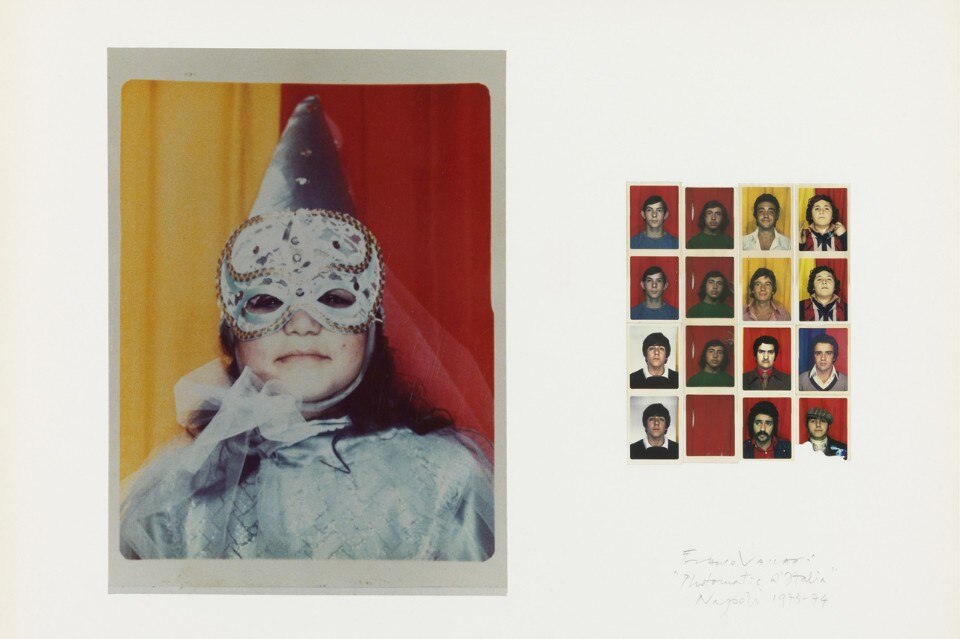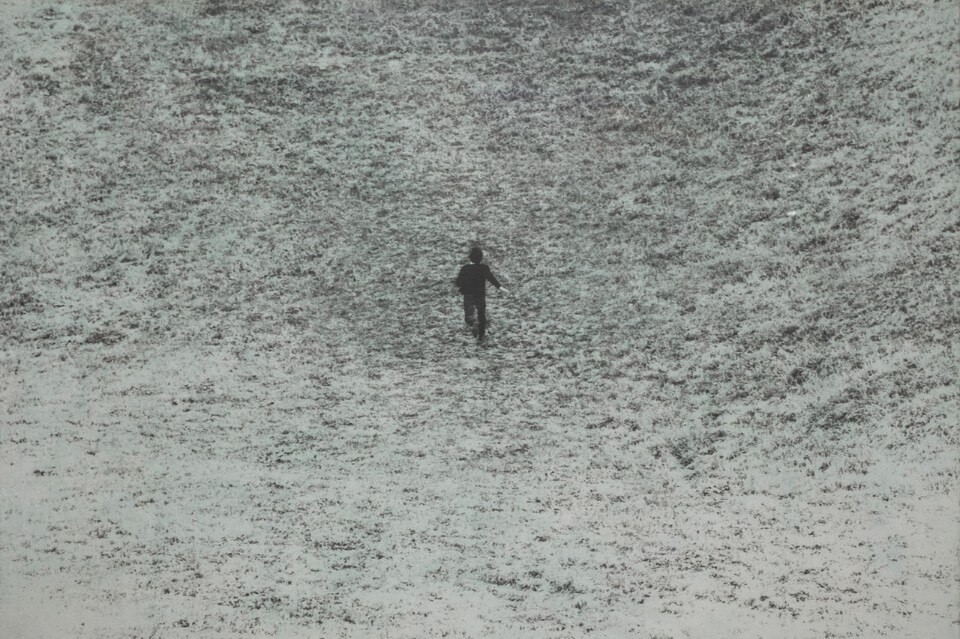The critical processing of the past and of our relationship with it is the inaugural event of the FM Centro per l’Arte Contemporanea at the Frigoriferi Milanesi, a symbol of Milan’s entrepreneurial spirit and a place that cares for and conserves precious things.








